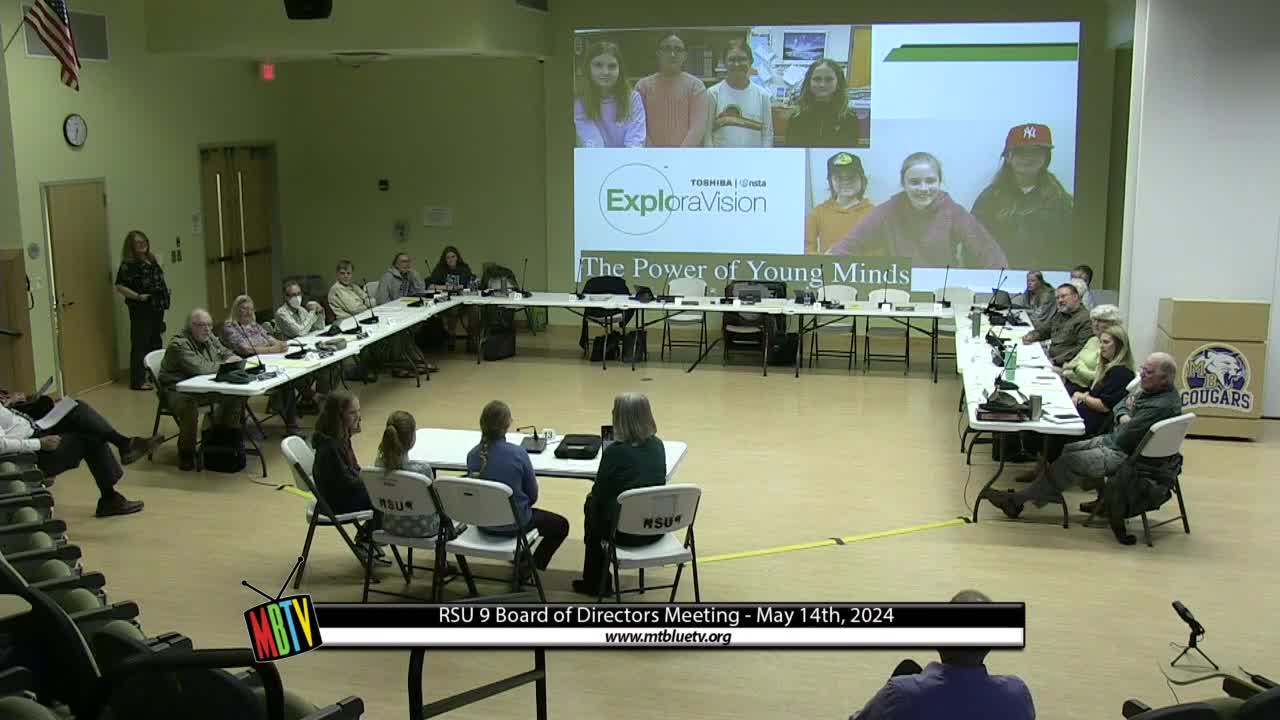Students develop life-saving underground robot for battlefield medical emergencies
May 14, 2024 | Howard County, Maryland

This article was created by AI summarizing key points discussed. AI makes mistakes, so for full details and context, please refer to the video of the full meeting. Please report any errors so we can fix them. Report an error »

In a recent government meeting in Howard County, Maryland, discussions centered around an innovative project aimed at addressing a critical issue in battlefield medicine: the loss of blood due to delayed medical assistance. The project, developed by a group of students, focuses on creating a robot designed to reach injured soldiers more efficiently than traditional methods.
The students highlighted that the leading preventable cause of death on the battlefield is blood loss, primarily because medics often struggle to reach injured personnel quickly. To combat this, they designed a robot named Murr, which operates underground rather than in the air, avoiding the risks associated with aerial drones that can be easily targeted.
Murr is equipped with three compartments, including two drills that allow it to tunnel underground. The robot is designed to locate injured soldiers, assess their condition, and deploy smaller medical robots to provide immediate assistance. It also creates a protective dome around the patient to shield them from enemy fire while signaling the nearest medics with the soldier's location.
The project gained recognition at the regional level of the ExplorVision competition, where the team was one of only 24 selected from over 2,000 submissions nationwide. They received certificates and Chromebooks in honor of their achievement and are now preparing for the national competition, which involves creating a detailed model website and a video presentation about their invention.
This initiative not only showcases the students' creativity and technical skills but also highlights the importance of innovation in improving emergency medical responses in combat situations. As they advance to the national stage, their work could potentially influence future developments in military medical technology, emphasizing the need for timely and effective care on the battlefield.
The students highlighted that the leading preventable cause of death on the battlefield is blood loss, primarily because medics often struggle to reach injured personnel quickly. To combat this, they designed a robot named Murr, which operates underground rather than in the air, avoiding the risks associated with aerial drones that can be easily targeted.
Murr is equipped with three compartments, including two drills that allow it to tunnel underground. The robot is designed to locate injured soldiers, assess their condition, and deploy smaller medical robots to provide immediate assistance. It also creates a protective dome around the patient to shield them from enemy fire while signaling the nearest medics with the soldier's location.
The project gained recognition at the regional level of the ExplorVision competition, where the team was one of only 24 selected from over 2,000 submissions nationwide. They received certificates and Chromebooks in honor of their achievement and are now preparing for the national competition, which involves creating a detailed model website and a video presentation about their invention.
This initiative not only showcases the students' creativity and technical skills but also highlights the importance of innovation in improving emergency medical responses in combat situations. As they advance to the national stage, their work could potentially influence future developments in military medical technology, emphasizing the need for timely and effective care on the battlefield.
View full meeting
This article is based on a recent meeting—watch the full video and explore the complete transcript for deeper insights into the discussion.
View full meeting
